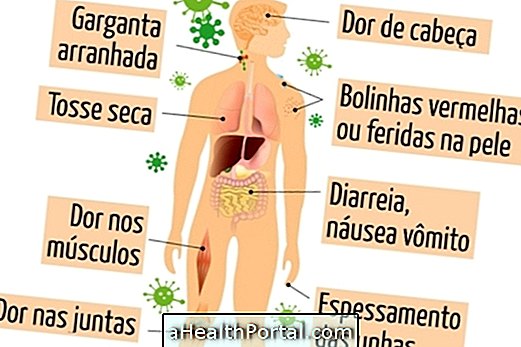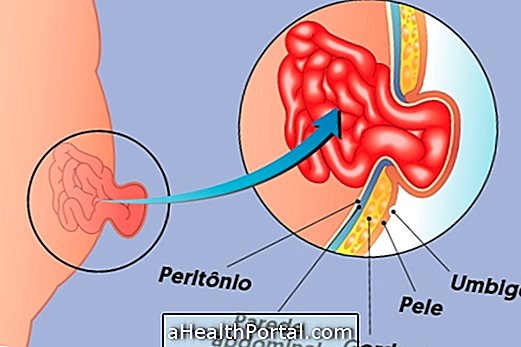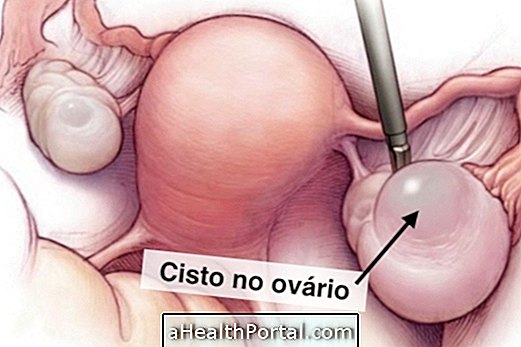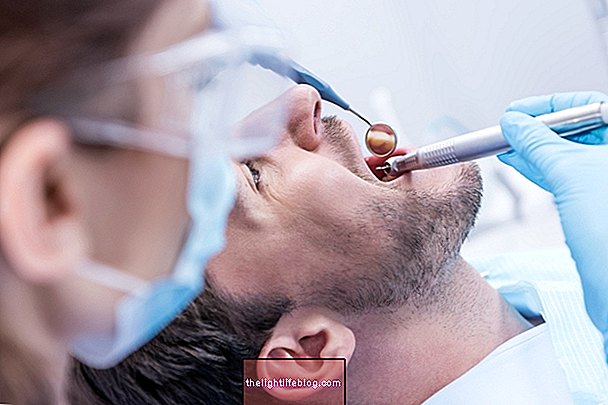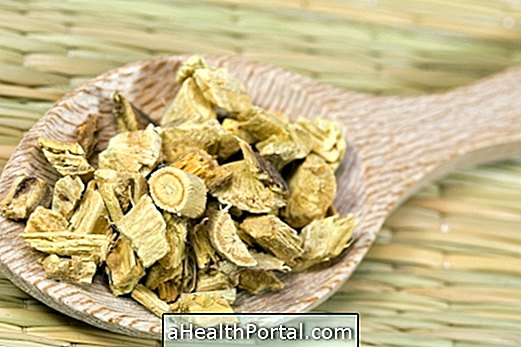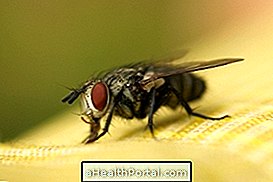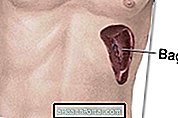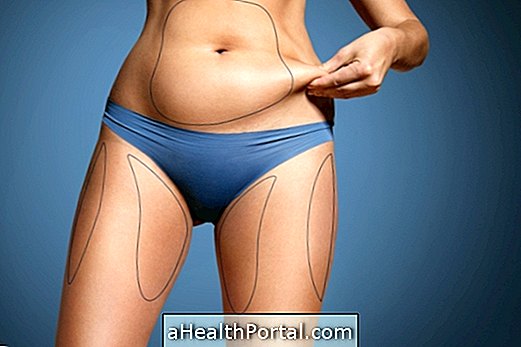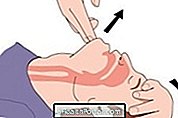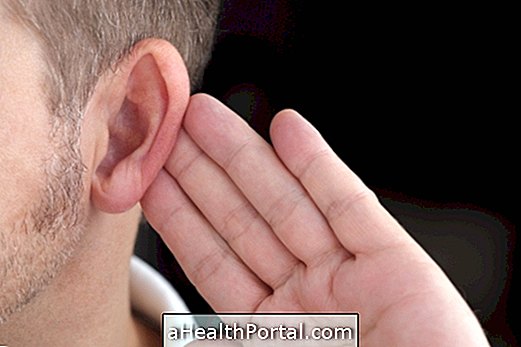Armpit pain can be triggered by several factors such as intense muscular effort, navels, supportive hydrosadenitis and in more severe cases, it can result from lymphoma or breast cancer.
The associated symptoms and treatment depend on the cause of the pain, which can be simple, if it is a muscle injury or an infection, or more difficult to treat, such as cancer.
1. Tongue in the armpit
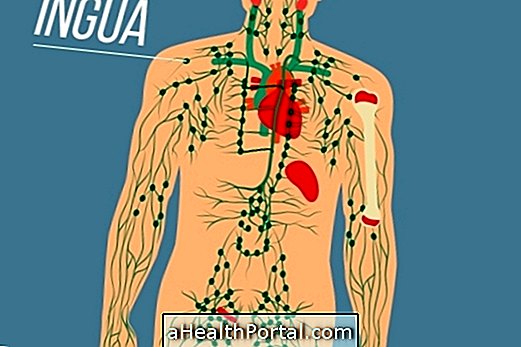
Aneurysms consist of swollen lymph nodes, which usually happens due to an infection or inflammation of the region in which it arises, because the lymph nodes are part of the immune system, helping to fight infections because they attack and destroy the germs that are transported by the lymph nodes. lymphatic fluid.
Injury to the groin, neck or armpit is also called adenopathy or lymphadenopathy, which most often represents mild and transient inflammation but may also be caused by more serious diseases such as cancer or autoimmune diseases, when it persists for more than 1 month or grows more than 2 cm.
What to do
Usually no treatment is necessary, with sufficient rest and hydration. However, it is important to identify and eliminate what is causing the inflammation and infection because it may be necessary to take antibiotics.
In addition, it may be necessary to take doctor-directed pain-relieving or anti-inflammatory drugs to relieve pain or tenderness on the spot.
2. Muscle strain

Excessive strain or injury to the muscles of the chest and arms can cause pain in the armpit. These can be triggered by practicing sports like tennis, bodybuilding, volleyball or baseball, for example.
What to do
To mitigate the pain, what can help is the placement of ice at the affected site, about three times a day, muscle compression and rest. In addition, analgesic drugs such as paracetamol or dipyrone and anti-inflammatories such as ibuprofen or diclofenac may also be taken, for example, to alleviate pain and inflammation.
3. Breast cancer

Breast cancer is one of the major cancers that affect women, and although in the early stages breast cancer does not cause symptoms, the main sign that may indicate the presence of the tumor is the palpation of a hardened lump.
In addition, symptoms such as swelling and pain in the armpit gums that may radiate into the arm, pain, redness, or discharge from the nipples, sore sinuses, may occur. See the main symptoms of breast cancer.
What to do
Breast cancer can be cured, depending on the type and stage of the disease, so prevention is very important through self-examination and mammography.
4. Lymphoma

Lymphoma is a type of cancer that affects lymphocytes and usually develops in the gums found in the armpit, groin, neck, stomach, intestine and skin, leading to the formation of lumps that can cause symptoms such as pain, fever, being and tiredness. See more on how to identify lymphoma symptoms.
What to do
Treatment depends on the type of lymphoma, the stage it is in, the region affected, and the general condition of the patient, and may include chemotherapy, radiotherapy or bone marrow transplantation, and Hodgkin lymphoma is more likely to heal than Non-Hodgkin lymphoma. -Hodgkin, and better results are obtained when the disease is discovered and treated early.
5. Hydrosadenitis suppurativa

It consists of inflamed lumps in the armpit or groin caused by an inflammation in the sweat glands, which are the glands that produce sweat. This disease leads to the formation of several small wounds mainly in regions of the body that produce a lot of sweat, such as armpits, groin, anus and buttocks.
The symptoms associated with this problem are itching, burning and excessive sweating and the affected regions of the skin become swollen, sore, and reddened. In addition, these nodules may burst, releasing pus before the skin heals. Learn more about this disease.
What to do
Hydrosadenite has no cure but the treatment can control the symptoms and consists of the use of antibiotic creams and corticosteroid injections at the affected site. There may also be prescribed remedies that control the production of hormones, especially in women and in more severe cases may it is necessary to have surgery to remove the region of the skin with defective glands and replace them with healthy skin grafts

